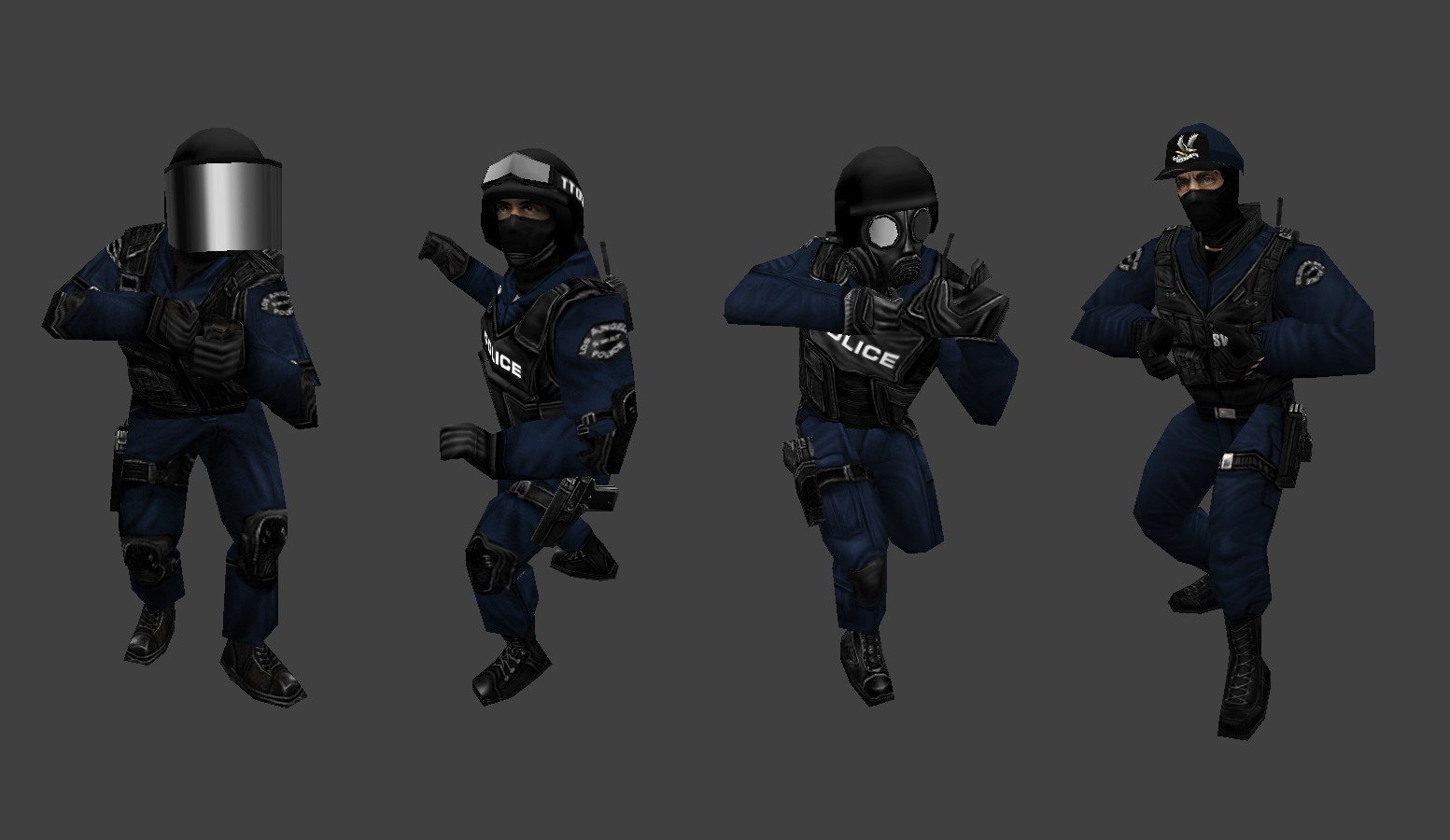

The association between caffeine use and insomnia symptoms depends on habitual sleep duration at a population level.Īnxiety Caffeine Population Sleep deprivation Sleep initiation and maintenance disturbance.Ĭopyright © 2016 Elsevier Inc. Backend Development Technology While projects are in the process of being created there are many problems that need to be solved. Initiation of therapy is usually immediate. Practice Issues initiation of therapy Apnea is a common condition in premature births of <32 weeks of gestation ( 35 ). It is not necessary to monitor theophylline when caffeine is given. It works by simulating a keypress once every 59 seconds, so your machine thinks youre still working at the keyboard, so wont lock the screen or activate the screensaver.
#Insomniax vs nosleep vs caffeine Pc
Finally, NRS was associated with an interaction between increased caffeine consumption and sleep duration. Theophylline is a metabolite of caffeine. Caffeine Caffeine Prevent your computer from going to sleep If you have problems with your PC locking or going to sleep, caffeine will keep it awake.

Sleep duration was inversely associated with the insomnia symptoms in unadjusted and adjusted analysis. Although caffeine consumption was associated with all insomnia symptoms in the unadjusted models, the adjusted models demonstrated a trend toward significance with DSA. Both caffeine and HRW P acutely affected markers of alertness in young sleep-deprived men and women. Insomnia symptoms were prevalent in 19.1% to 28.4% of the respondents. Caffeine induced a significant increase in VAS-estimated alertness (1.6 points, 0.01) P HRW also increased VAS alertness for 1.7 points on average ( 0.003). Mean habitual sleep duration was 6.8 ± 1.4 h. The mean ± SD caffeine consumption was 176.6 ± 201 mg/d. Binomial logistic regression analysis evaluated the relationships of individual insomnia and sleepiness symptoms (DFA, DSA, NRS, and DS) with caffeine consumption and sleep duration variables, after adjusting for covariates. Habitual sleep duration was assessed as the hours of sleep obtained on a typical night. Insomnia symptoms were evaluated using frequencies of difficulty falling asleep (DFA), difficulty staying asleep (DSA), non-restorative sleep (NRS), and daytime sleepiness (DS). Caffeine consumption was quantified as mg/d from 2 typical days of use, 7 to 10 d apart. The goal of this study was to determine whether caffeine consumption was associated with insomnia symptoms from a population perspective and whether this relationship depended on habitual sleep duration.ĭata were extracted from the 2007-2008 National Health and Nutritional Examination Survey (N = 4730). Shop Insomniac Team No Sleep Zombie Hand team-no-sleep mugs designed by teevisionshop as well as other team-no-sleep. Insomnia symptoms have been individually associated with both caffeine consumption and sleep duration abnormalities in prior studies. Caffeine consumption was quantified as mg/d from 2 typical days of use, 7 to 10 d apart.


 0 kommentar(er)
0 kommentar(er)
